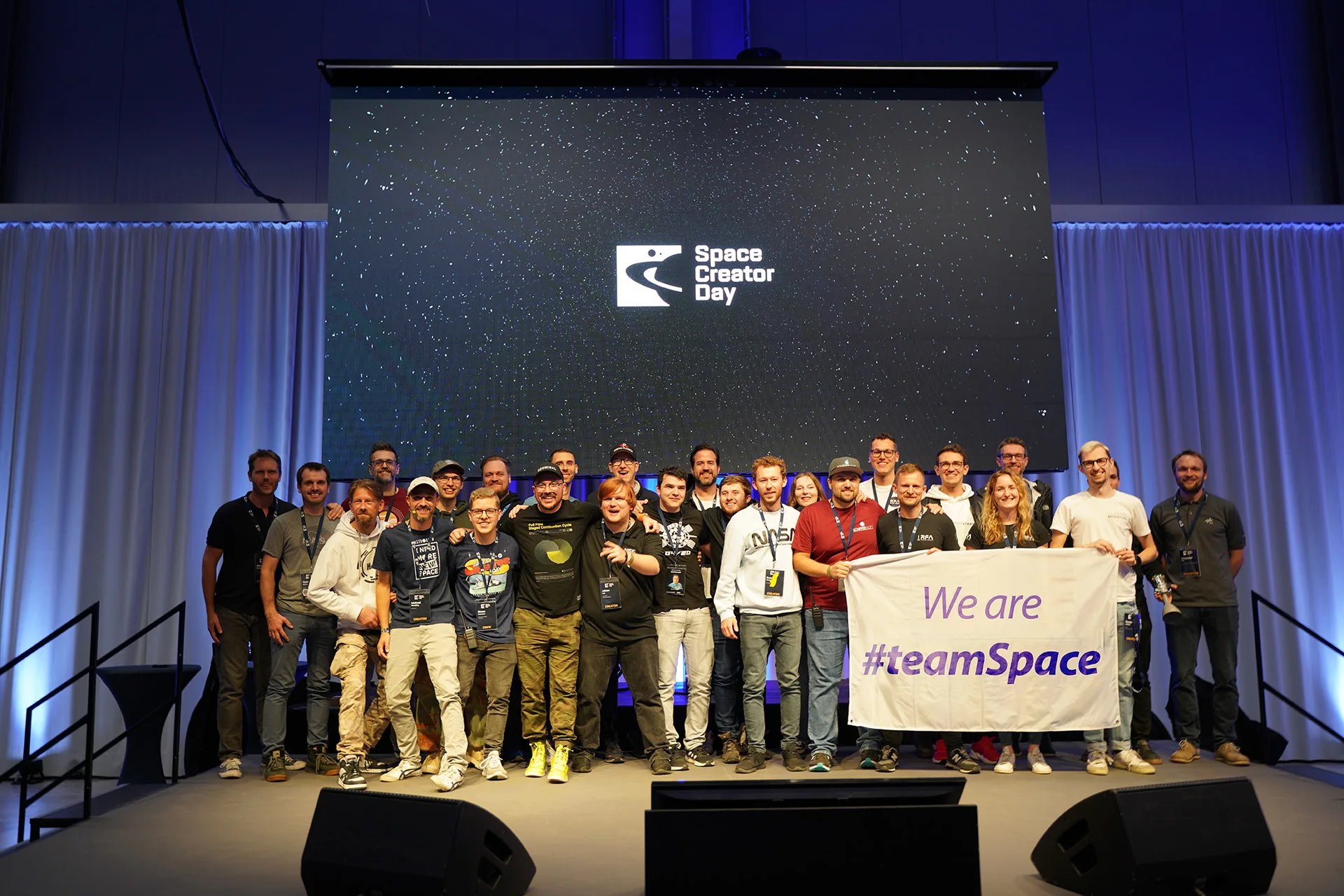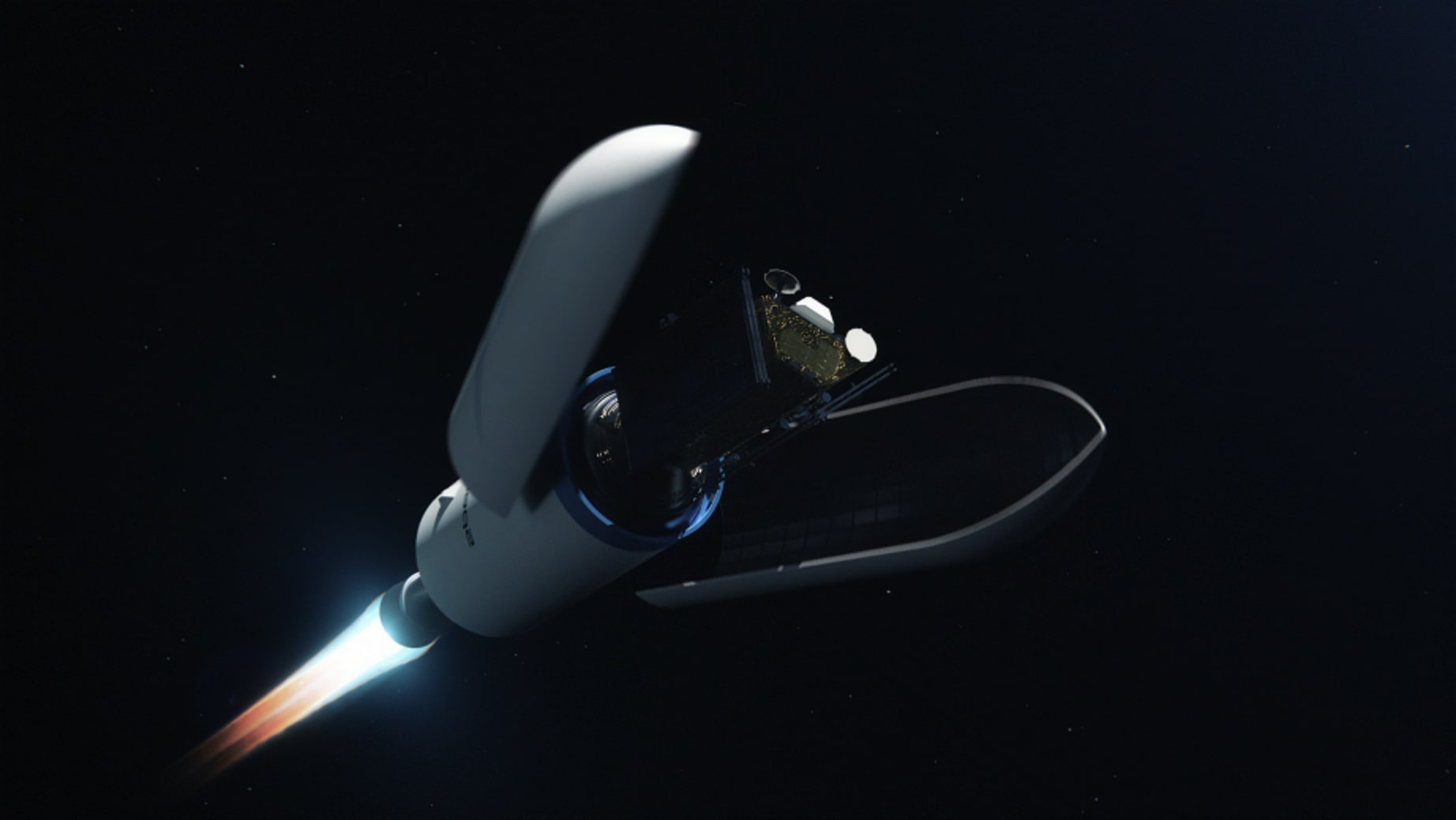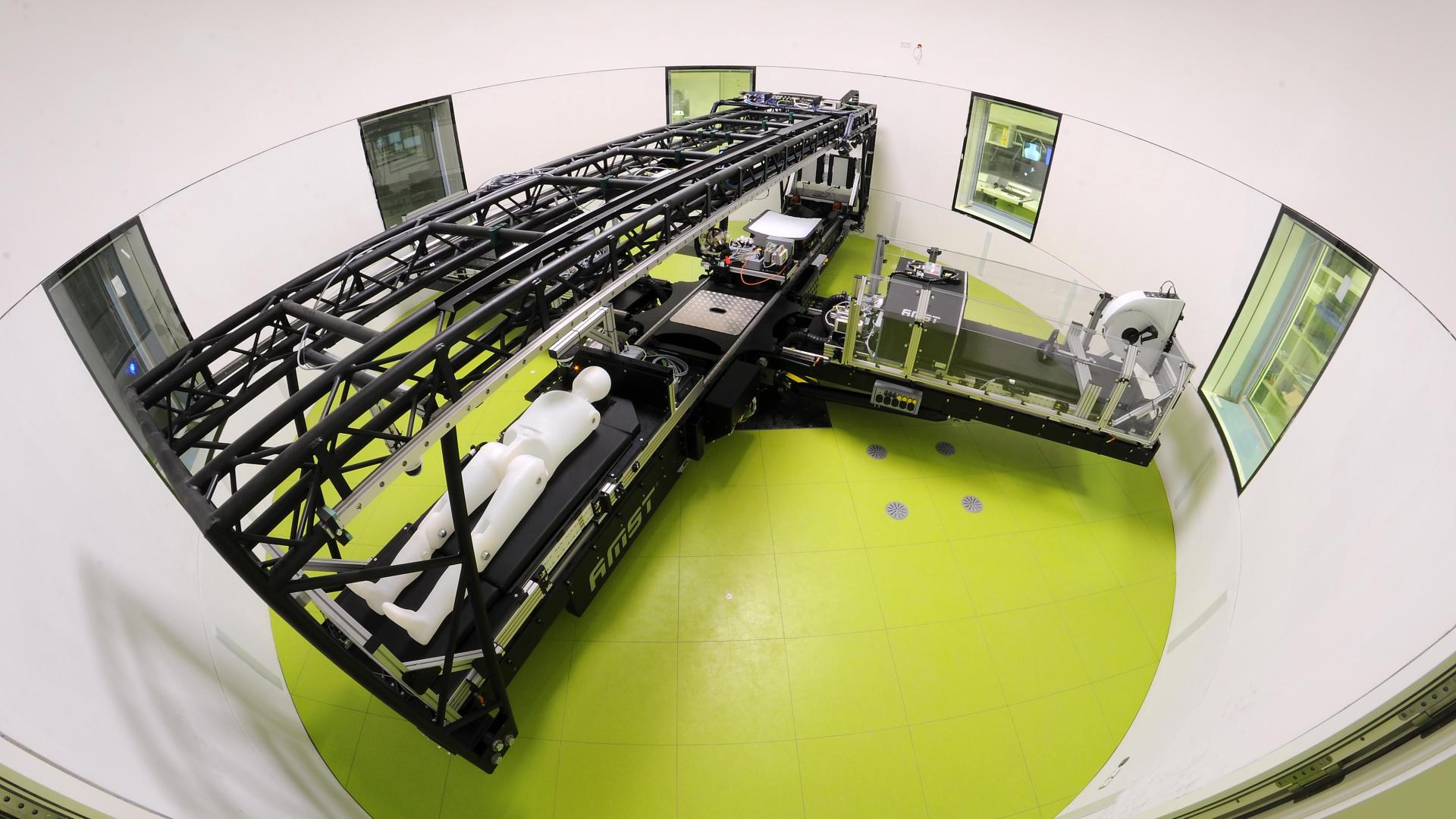
DLR previews upcoming missions
Published on Fri, 03.03.2023 – 21:43 CET in Missions, covering DLRPhantoms Helga and Zohar back in Germany after Artemis I
Juice launches in April 2023 - arrival at Jupiter in 2031
"Heinrich Hertz" to be launched into geostationary orbit in summer 2023
MMX mission dedicated to Mars moon Phobos
Payload Competition Finals and Launch Preparation Microlauncher
The German Aerospace Center (DLR) held its annual press conference on March 1. In the coming years, the main goal is to accelerate the transfer of newly developed, sustainable technologies into applications. Missions to the Moon, Mars and Jupiter are also planned, with the first mission to be launched as early as spring 2023.
Phantoms Helga and Zohar back in Germany after Artemis I
On November 16, 2022, the Space Launch System (SLS) blasted off from launch pad LC-39B (Cape Canaveral, Florida, USA). On board the Orion spacecraft were two radiation measurement dummies, Helga and Zohahr. After their successful trip around the moon with NASA's Artemis I mission, they are now back in Germany. The data collected by the DLR-led MARE (MATROSHKA AstroRad Radiation Experiment) project will provide a three-dimensional picture of the radiation exposure of the female body during a lunar flight. On March 9, the two female astronaut phantoms will be presented to the media at the DLR Institute of Aerospace Medicine in Cologne.
Juice launches in April 2023 - arrival at Jupiter in 2031
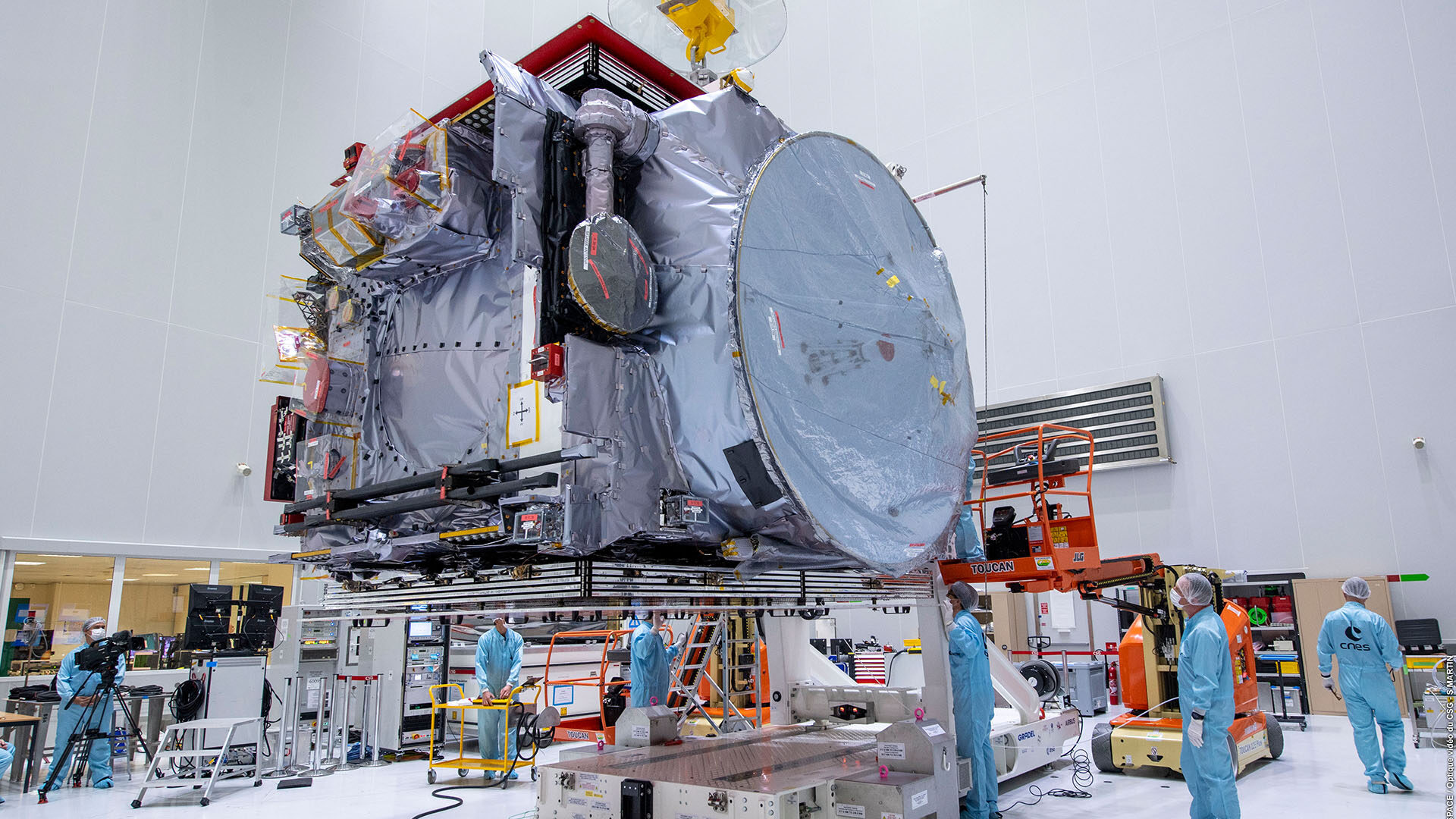
© ESA-CNES-Arianespace/Optique video du CSG/S. Martin
The European Space Agency's largest spacecraft to date, Juice (JUpiter ICy Moons Explorer), is scheduled for launch on April 13, 2023. It will explore the largest planet in our solar system, Jupiter, and its three large moons, Ganymede, Callisto and Europa. Liquid water is thought to exist beneath the frozen surfaces of the icy moons, which could potentially support life. Juice will study Jupiter's magnetic, radiation, and plasma environment and its interaction with the moons.
However, it will still take some time to reach the gas giant. The launch will take place on the penultimate flight of Ariane 5 from the European spaceport in Kourou, French Guiana. The spacecraft will then make use of the gravitational pull of Earth and Venus in a so-called swing-by maneuver, and will be propelled in the direction of Jupiter. It will take about eight years to travel the 664 million kilometers. Once there, Juice will orbit the three large moons about three dozen times and then move into an orbit around Ganymede.
The spacecraft carries a full suite of scientific instruments. The mission is led by ESA, but also involves the US space agency NASA, its Japanese counterpart JAXA (Japan Aerospace Exploration Agency) and the Israeli space agency ISA (Israel Space Agency). The DLR Institute for Planetary Research played a major role in the construction of two of the ten scientific instruments. In addition, the German Space Agency (DLR) is funding a total of seven instruments with approximately 100 million euros until the end of the mission.
"Heinrich Hertz" to be launched into geostationary orbit in summer 2023
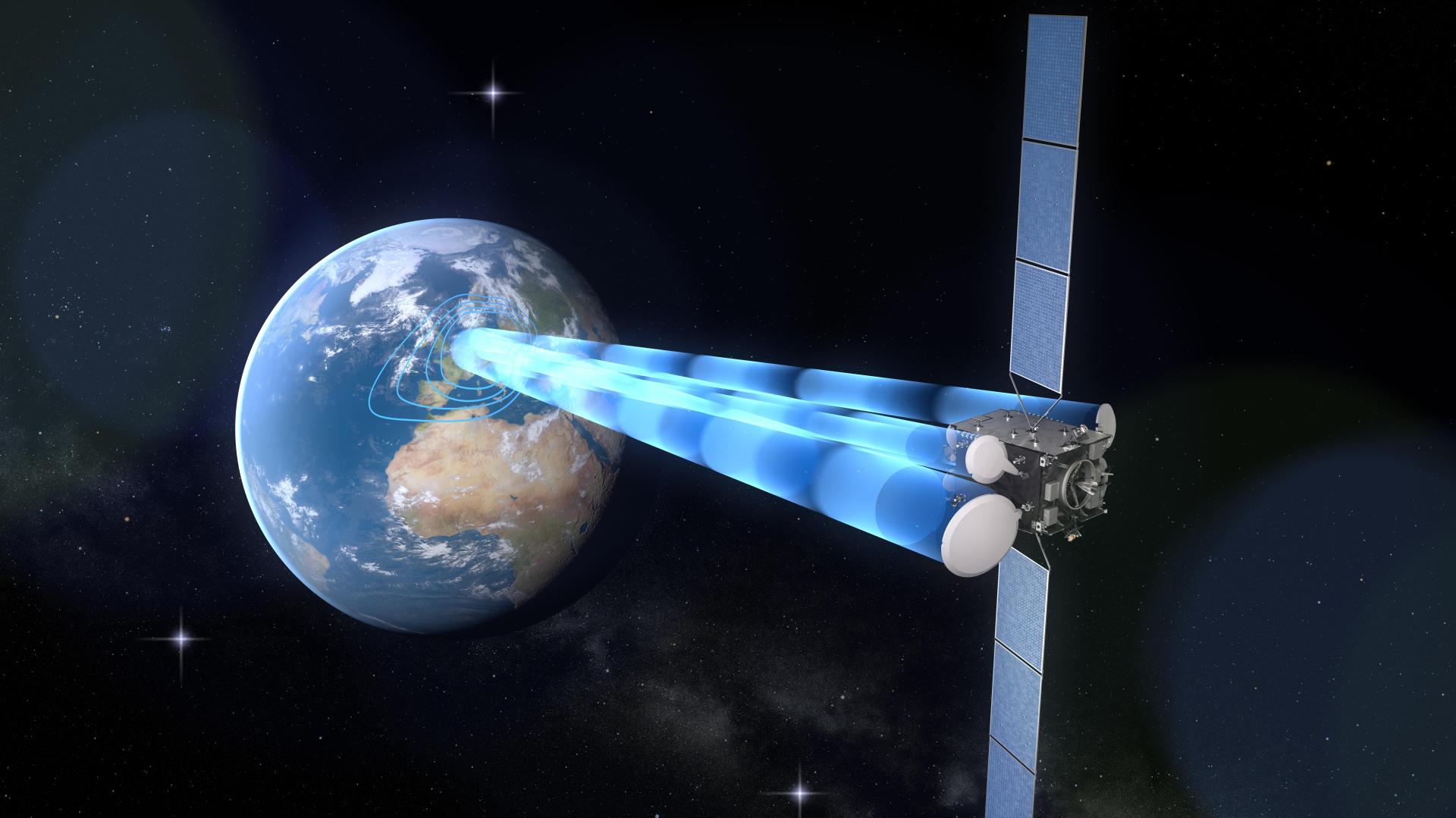
© OHB System AG
In the summer of 2023, the first German communications satellite in two decades will be launched into space. It is named after the German physicist Heinrich Rudolf Hertz, who was the first to transmit electromagnetic waves in free space from a transmitter to a receiver. "Heinrich Hertz" (H2Sat) will lift off from Kourou as the payload on the last scheduled flight of an Ariane 5. The satellite, the size of a small car, will carry about 20 experiments on communications, antenna and satellite technology. Scientific institutes and industrial companies have developed and built these experiments to test new communications services.
H2Sat will circle the Earth in a geostationary orbit at a distance of about 36,000 km, which means it will always be in the same place in the sky as seen from here. There it will perform a variety of tasks for about 15 years. For example, it will be used as a relay station to send signals from other satellites to Earth. This is necessary when they are out of range of a ground station.
In-orbit data processing using small computers on the satellite is also being tested. The computing power of the processors will allow H2Sat to be reconfigured during its operational life. Some of the capabilities of Heinrich Hertz will also be used by the German Federal Ministry of Defense (BMVg). However, this would not limit the scientific and technical part of the mission. Only basic functions such as power supply and attitude control would be shared. To keep the satellite in orbit, chemical-electrical thrusters will be used, which increase the payload capacity for technologies and experiments due to their lower mass.
MMX mission dedicated to Mars moon Phobos
It is largely unclear how Mars came to have its two moons, Phobos (fear) and Deimos (terror). In order to clarify this, the Japanese space agency JAXA wants to send a spacecraft to our neighboring planet as part of the MMX (Martian Moons eXploration) mission. The mission consists of three modules: an exploration module with a rover, a return module and a propulsion module. It is designed to explore Phobos, the larger of the two moons with dimensions of 27 km × 22 km × 18 km (L x W x H).
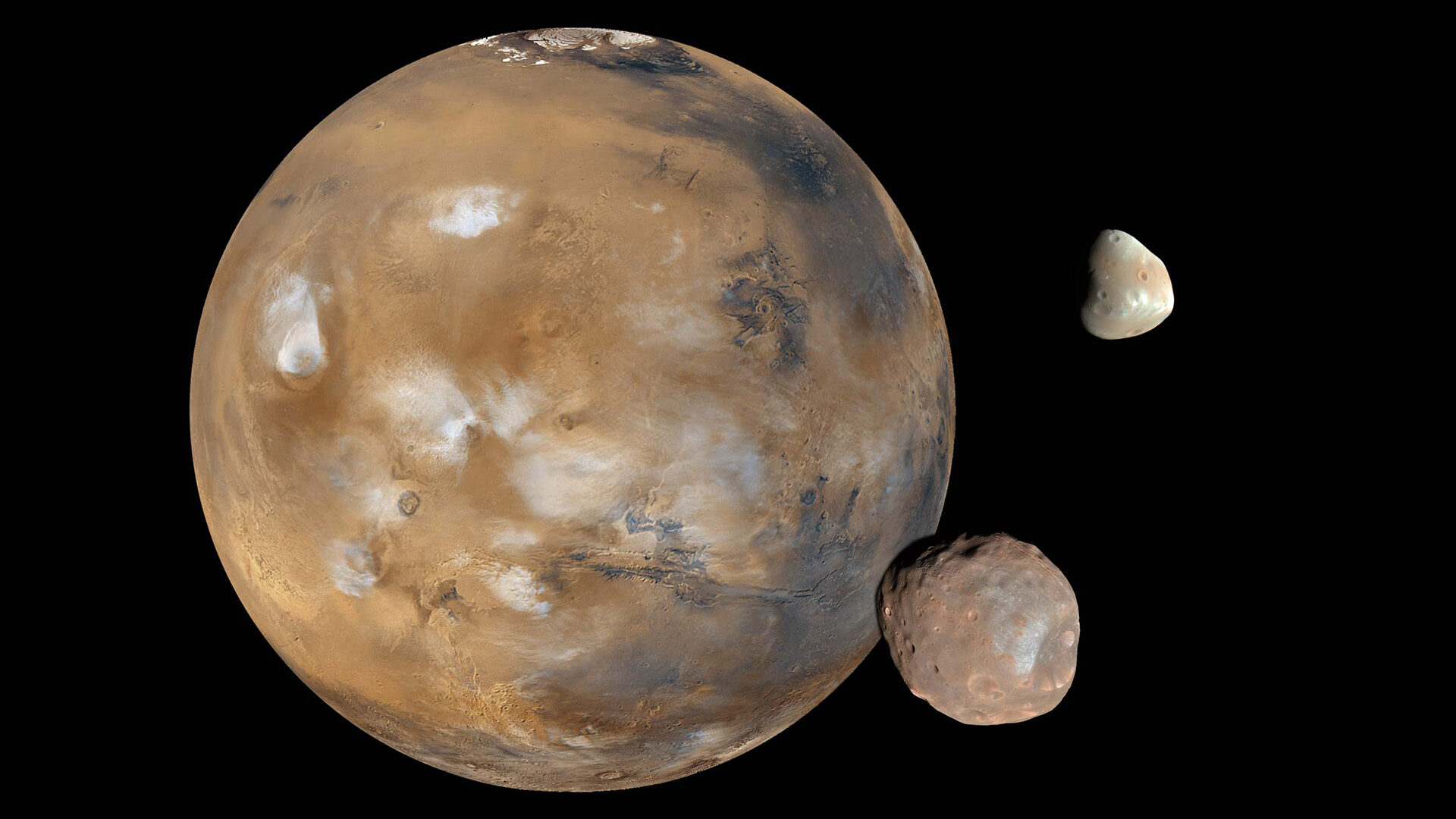
© DLR (CC BY-NC-ND 3.0)
To do this, a Franco-German rover will land on Phobos, self-align and then move forward at a speed of a few millimeters per second. Meanwhile, the 25-kilogram MMX rover will analyze the surface. For example, the Raman spectrometer RAX (RAman spectroscopy for MMX) will be used along the way to study the physical and mineralogical properties of the surface. The miniRAD radiometer will be used to determine the surface temperature using infrared measurements. DLR is responsible for the development of RAX and miniRAD as well as the carbon structure including the assembly and propulsion system. The Franco-German rover is currently being prepared in Toulouse at the French space agency CNES and will then be sent to Japan.
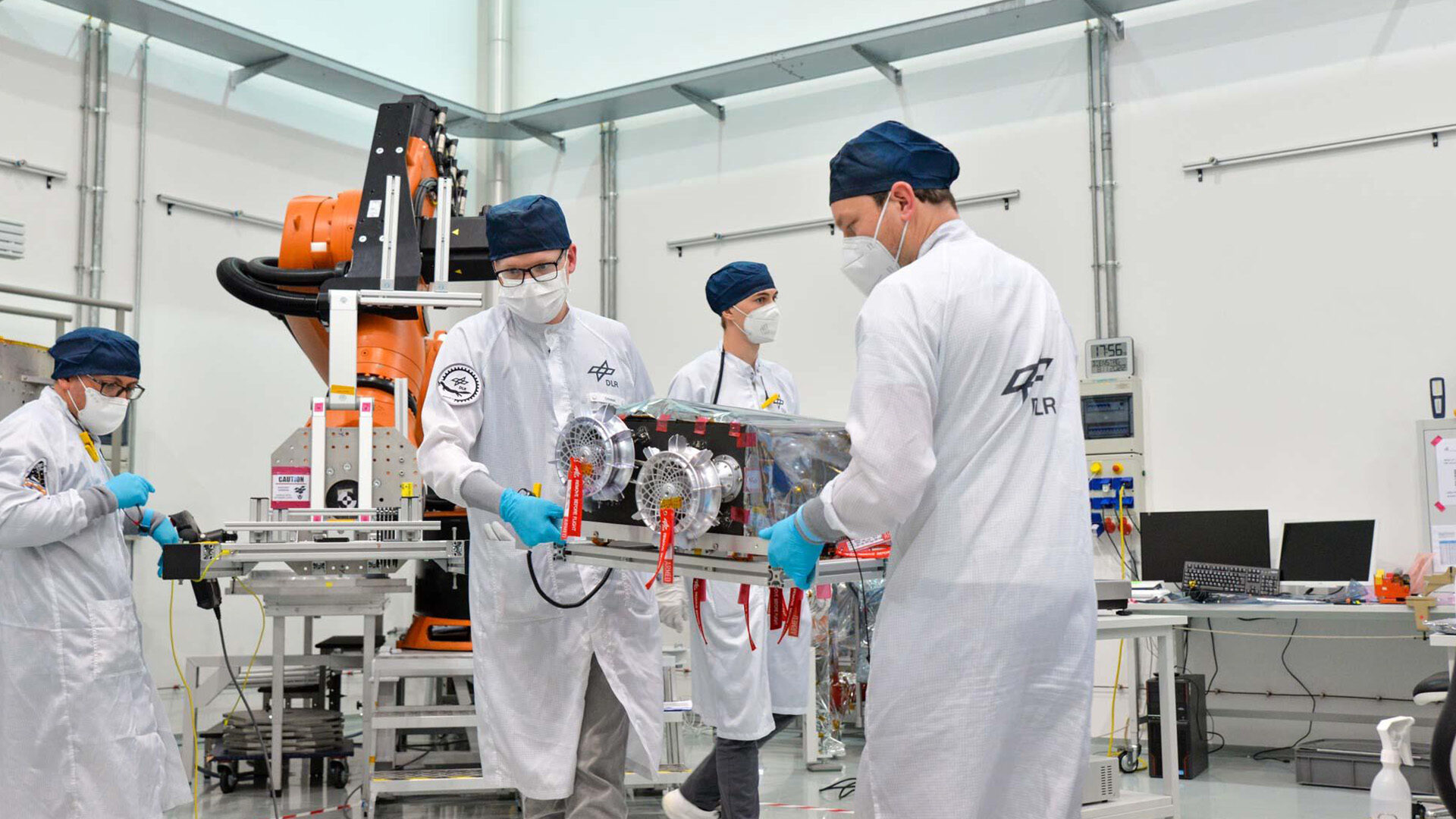
© DLR
The MMX mission is scheduled to launch in 2024 using the newly developed Japanese H3 rocket, which has so far failed in its first flight. However, if the schedule is kept, the MMX spacecraft could land on the Martian moon as early as 2027. It will also collect samples and return them to Earth with the Return Module. Arrival is scheduled for 2029, assuming the launch goes as planned.
Payload Competition Finals and Launch Preparation Microlauncher
In the spring of 2023, the payloads for the fourth and final maiden flight of a German microlauncher will also be announced. This will be launched on RFA One and is expected to take place at the end of 2024. A condition of the DLR microlauncher competition funding was that payloads be carried free of charge on the first two flights. Isar Aerospace and the Rocket Factory Augsburg (RFA) each received 11 million euros in funding. In addition, the final preparations for the necessary launch pads are currently underway.
While Isar Aerospace will launch from Andøya, Sweden, RFA recently announced that it has secured exclusive access to a pad (Fredo) at SaxaVord Spaceport in the Shetland Islands. Both companies are planning their first flights for late 2023, so it promises to be an exciting year.
